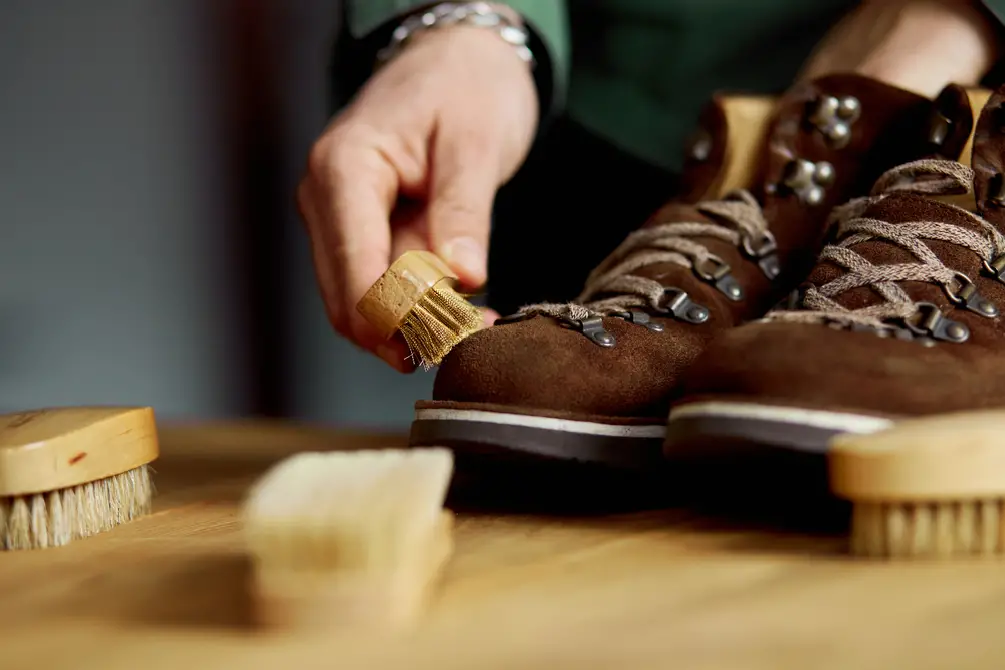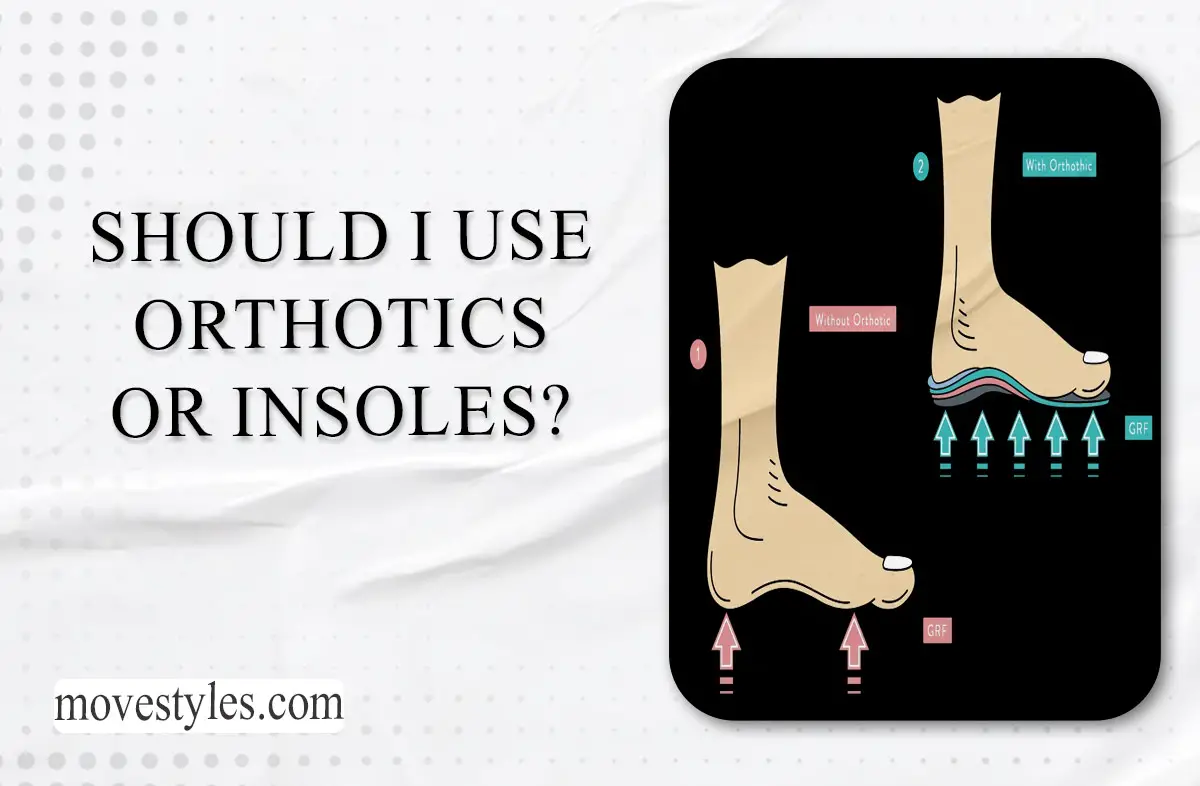Fear not! In this comprehensive guide, we will explore various techniques and how to clean dried mud off shoes, allowing you to keep your favorite shoes in top-notch condition.
We all love our shoes, whether they are sturdy hiking boots, stylish leather loafers, or comfortable sneakers. However, sometimes our beloved shoes encounters a challenging adversary: dried mud. Mud-stained shoes not only look unsightly but can also harbor unpleasant odors and compromise the shoe’s durability.
Best Way to Clean Dried Mud off Shoes?
Mud-stained shoes can seem like a daunting problem, but with the right approach and a little elbow grease, you can restore them to their former glory. Follow these steps to effectively clean your shoes:
1. Gather Supplies
Before diving into the cleaning process, gather the necessary supplies:
- Soft-bristled brush or toothbrush
- Mild dish soap or laundry detergent
- Warm water
- White vinegar
- Baking soda
- Clean cloth or sponge
- Old newspapers or paper towels
- Shoe polish (if applicable)
2. Assess the Mud Stains
Examine your shoes to determine the extent of the mud stains. If the mud has dried completely, use a soft-bristled brush or toothbrush to gently remove the excess dirt and debris. Avoid using excessive force to prevent damaging the shoe material.
3. Create a Cleaning Solution
For most shoe materials, a mixture of mild dish soap or laundry detergent with warm water works wonders. Combine the soap with water to create a soapy solution. For stubborn stains, add a splash of white vinegar to the mix, as its mild acidity helps break down the mud.
4. Test in a Small Area
Before applying the cleaning solution to the entire shoe, test it in a small inconspicuous area to ensure it doesn’t cause any discoloration or damage.
5. Clean the Mud Stains
Using a clean cloth or sponge, dab the cleaning solution onto the mud stains. Gently scrub in a circular motion until the stains begin to lift. Avoid excessive rubbing, especially on delicate materials.
6. Rinse Thoroughly
After removing the mud stains, dampen a clean cloth with fresh water and rinse off the soap or detergent residue. Make sure to remove all traces of the cleaning solution to prevent any potential damage to the shoes.
7. Deal with Lingering Odors
If your shoes still have lingering odors, sprinkle a generous amount of baking soda inside each shoe. Let it sit overnight, then shake out the excess baking soda the next day.
8. Air Dry Properly
Allow your shoes to air dry naturally. Avoid using direct heat sources such as hair dryers or heaters, as excessive heat can damage the shoe material.
9. Apply Shoe Polish (if applicable)
For leather or polished shoes, consider applying shoe polish after they have dried completely. This step will help restore their shine and protect the material.

Conclusion
Cleaning dried mud off shoes might seem like a challenging task, but armed with the right knowledge and techniques, you can keep your shoes looking fresh and pristine. Remember to choose the appropriate cleaning method based on your shoe’s material and follow the steps diligently.
Read More: How to Clean Hoka Shoes: Expert Tips
Frequently Asked Questions
Can I use a washing machine to clean mud off shoes?
It’s generally not recommended to clean shoes in a washing machine, as the machine’s agitation and harsh detergents can damage the shoe material and compromise their shape.
Will cleaning my shoes frequently shorten their lifespan?
On the contrary, regular cleaning can extend the lifespan of your shoes by preventing the buildup of dirt and debris, which can lead to material deterioration.
Can I use a hairdryer to speed up the drying process?
It’s best to avoid using a hairdryer or any direct heat source, as it can warp or shrink the shoe material.
How can I prevent future mud stains on my shoes?
Applying a waterproofing spray or sealant can help repel water and mud, reducing the likelihood of stains.


![Why Do Turtles Attack Black Shoes? [Explained 2023]](/uploads/why-do-turtles-attack-black-shoes.jpg)

![How To Make Shoes Slip Resistant? [Different Ways]](/uploads/how-to-make-shoes-slip-resistant.jpg)
![How To Clean Mud Off Leather Shoes? [Easy Steps]](/uploads/how-to-clean-mud-off-leather-shoes.jpg)
![How To Wash Brooks Shoes? [Updated 2023]](/uploads/how-to-wash-brooks-shoes.jpg)
